
When There's a Blood Clot in the Body, It May Send You 4 Warning Signals You Shouldn't Ignore
Blood clots are a natural response to injury, helping to stop bleeding and promote healing. However, when a clot forms without injury or fails to dissolve naturally, it can become dangerous — even life-threatening. Deep vein thrombosis (DVT), pulmonary embolism (PE), and strokes are all potential consequences of unnoticed or untreated blood clots. Thankfully, the human body often sends early warning signs when something isn’t right. Here are four key signals your body may use to alert you to the presence of a blood clot.
1. Unexplained Swelling in the Limbs
One of the most common signs of a blood clot — especially in the legs — is sudden or persistent swelling, often in just one limb. This occurs when a clot blocks blood flow in a vein, causing fluid to build up behind the blockage. The swelling may feel warm to the touch, appear red or discolored, and often comes with a heavy or tight sensation. While swelling can be caused by various issues, if it appears without injury or obvious cause, it could be a red flag for deep vein thrombosis (DVT).
2. Sharp Chest Pain or Difficulty Breathing
A pulmonary embolism (PE) happens when a blood clot travels to the lungs, blocking oxygen flow. This condition can be fatal if not treated quickly. The most alarming signs include sudden chest pain, especially when breathing in deeply, and shortness of breath that appears without physical exertion. Some people also experience a rapid heartbeat, lightheadedness, or a feeling of anxiety. If you notice these symptoms — particularly after a long flight, surgery, or extended immobility — seek medical attention immediately.
3. Unusual Leg Pain or Cramping
Not all leg pain is a result of muscle fatigue. When a clot forms in the deep veins of the legs, it can cause persistent pain, tenderness, or cramping, even at rest. The pain usually starts in the calf or thigh and may feel like a muscle pull or spasm. However, unlike normal soreness, it doesn’t improve with rest or massage. If paired with swelling or warmth, it’s time to consult a doctor, as this may point directly to DVT.
4. Skin Discoloration or Visible Veins
When blood flow is restricted due to a clot, the skin may show changes. Watch for patches of red or blue discoloration, particularly in the arms or legs. The area might feel warm, and sometimes the veins under the skin become more visible or bulge out, resembling varicose veins. These signs can be subtle but are important visual cues your body is under vascular stress.
What Increases Your Risk?
Several factors can increase your risk of developing blood clots, including:
-
Prolonged sitting or immobility (e.g., during long flights)
-
Recent surgery or injury
-
Smoking
-
Obesity
-
Pregnancy or birth control pills
-
Genetic predisposition or clotting disorders
-
Certain chronic illnesses like cancer or heart disease
Knowing your risk profile can help you stay alert to early signs and take preventive measures when needed.
Final Thoughts: Listen to Your Body
Blood clots are silent threats that can escalate quickly. The key to preventing serious complications is early recognition and immediate action. If your body is sending one or more of these four warning signals, don’t dismiss them. Whether it’s unexpected swelling, strange pain, or sudden shortness of breath, your body may be trying to protect you.
Paying attention could save your life.
News in the same category


25-year-old woman explains condition that makes her ‘look like an 8-year-old’

Inside The 36-hour Fast: How Your Body Transforms Hour By Hour In Viral New Simulation

Eating Too Fast? Here’s Why Slowing Down Can Improve Digestion and Reduce Bloating

Why Letting a Baby “Cry It Out” May Be Harmful: What Science Says
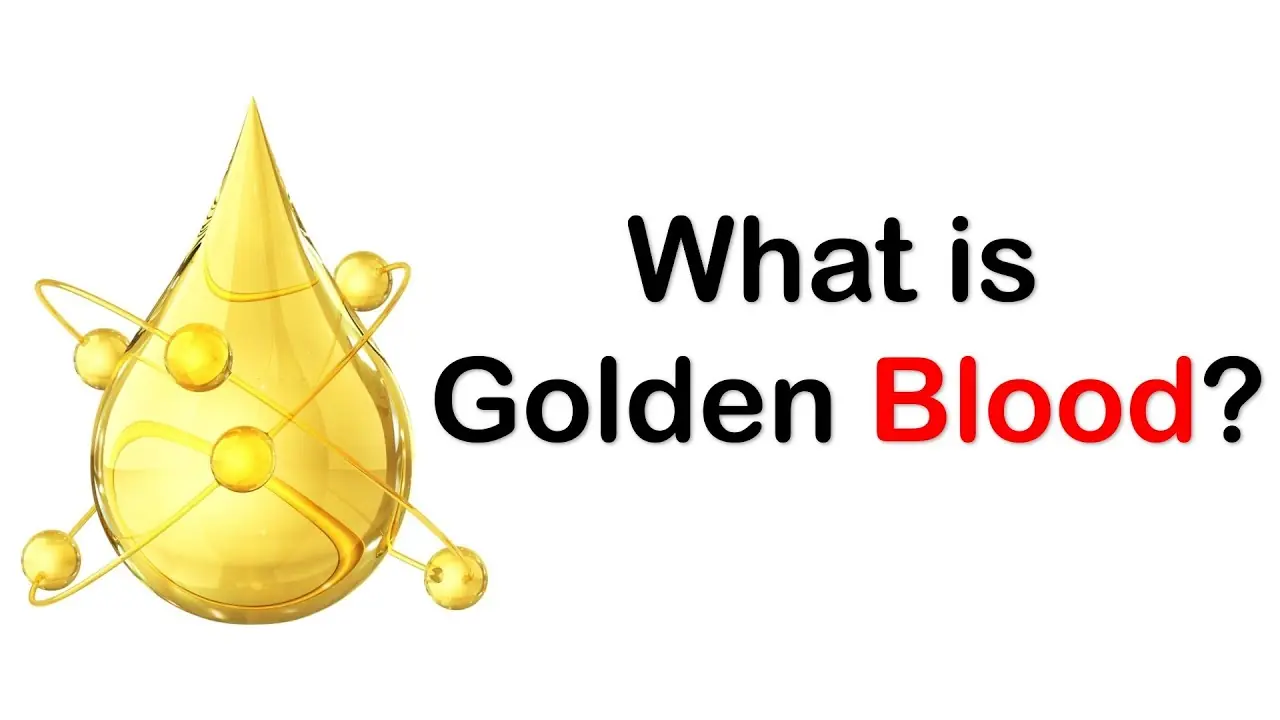
Rh-Null Blood: The World’s Rarest Blood Type, Also Known as "Golden Blood"

Recognizing Mini-Stroke Symptoms: A Crucial Step in Stroke Prevention
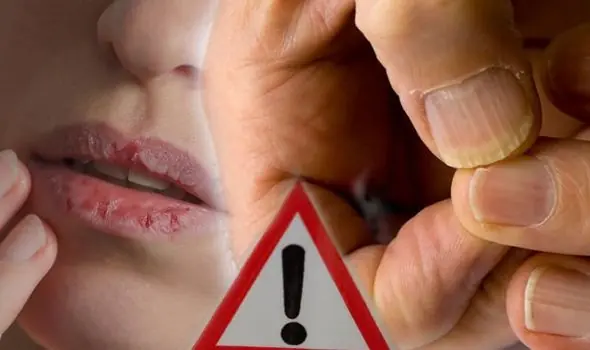
Experts Reveal 3 Warning Signs of Lip and Nail Cancer You Shouldn’t Ignore

Doctor Warns About the Risks of Not Washing Your Hair Regularly
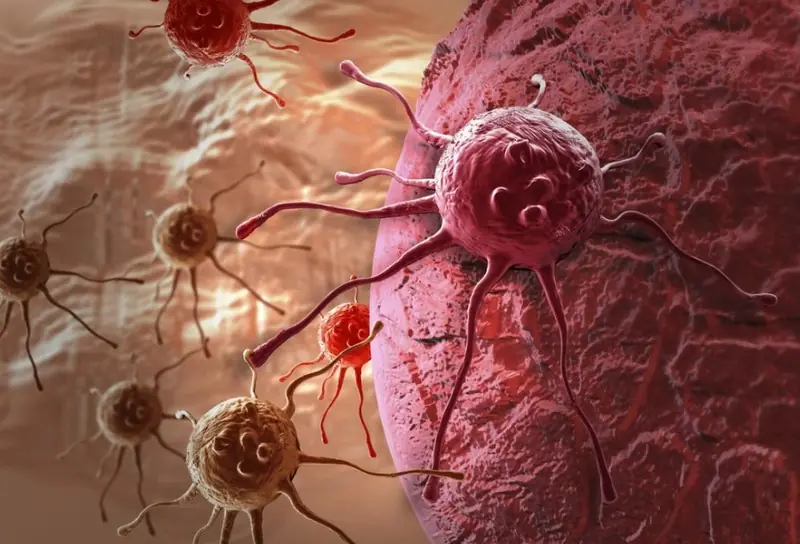
8 Foods That Are Natural Enemies of Tumors – Make Sure to Eat Them Regularly

Medical Experts Warn: 4 Early Morning Signs That Cancer Cells May Be Attacking Your Body
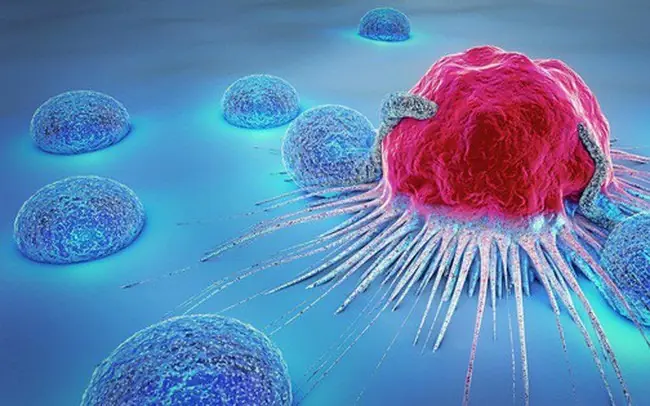
"On the Brink of Cancer: 5 Warning Signs Your Body Sends — Unusual Pain, Persistent Cough? See a Doctor Before It’s Too Late

Covid origin FINALLY revealed in bombshell study…and it might not have been China after all
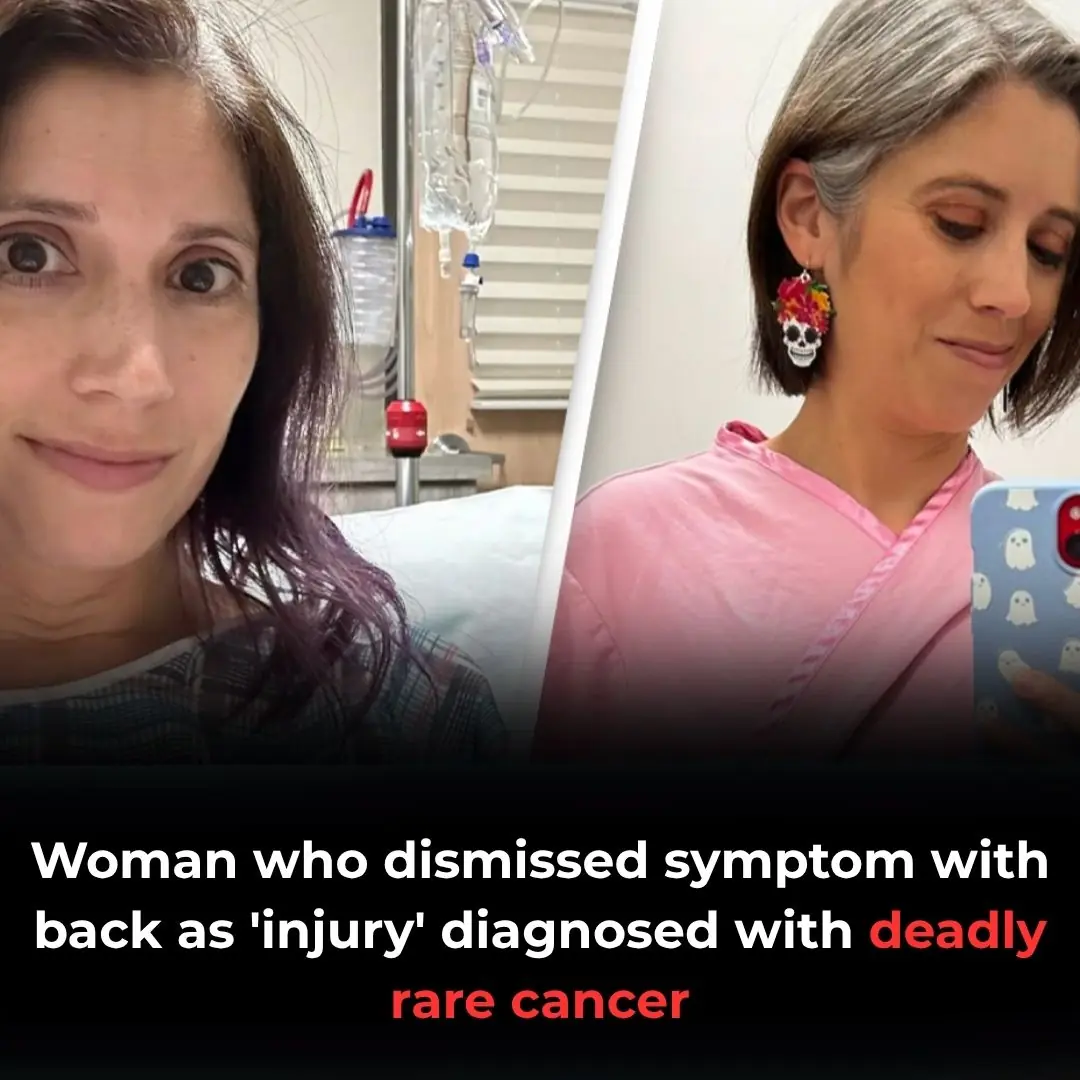
Woman who dismissed symptom with back as 'injury' diagnosed with deadly rare cancer

'Healthy and active' woman, 30, diagnosed with cancer after doctor ignored subtle symptom

8 Powerful Foods to Naturally Cleanse and Detox Your Liver

Breakthrough Male Contraceptive Injection Offers Alternative to Condoms and Vasectomy
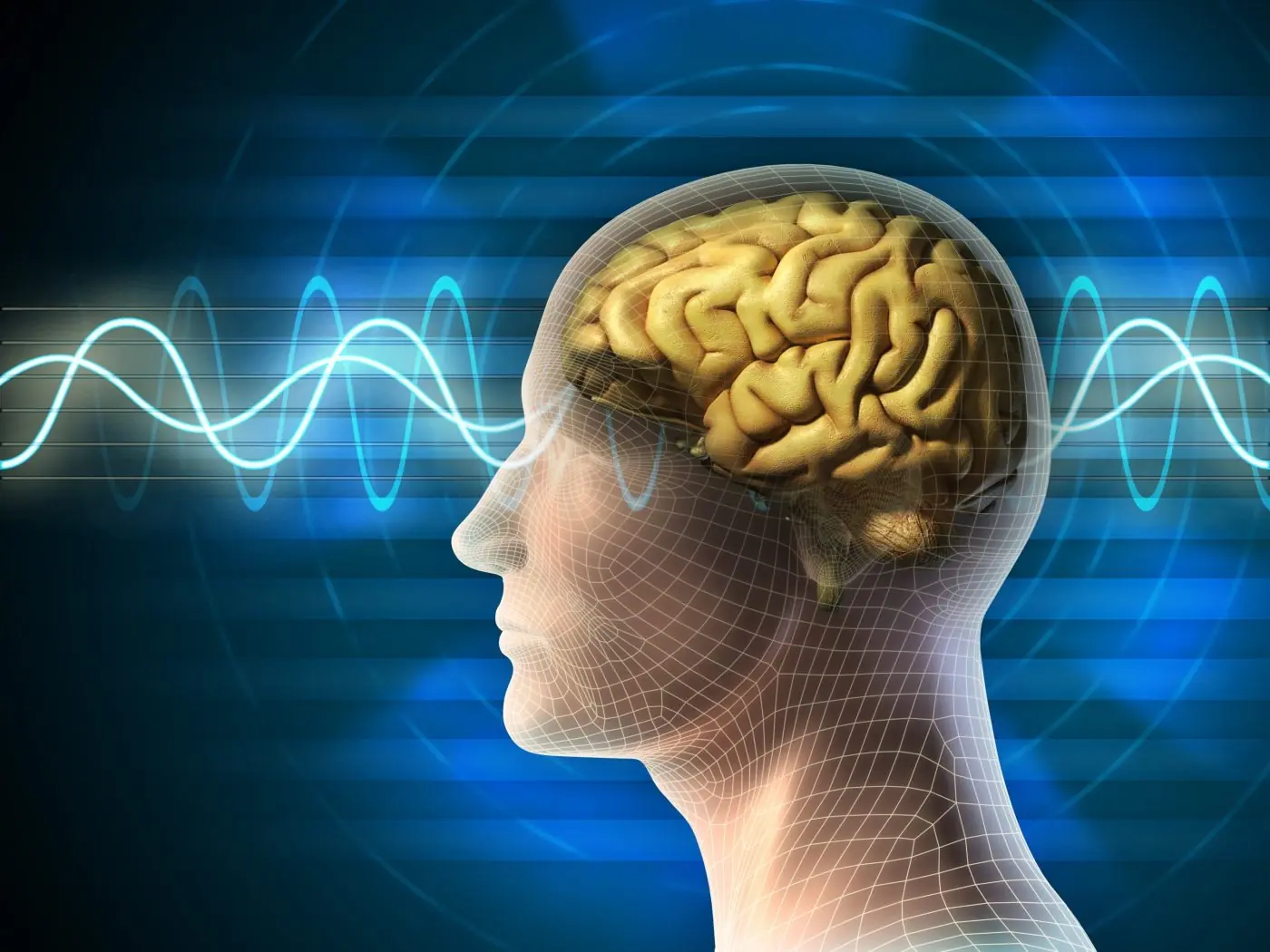
Scientists: 3 Days of Silence Is Enough to Rewire Your Brain
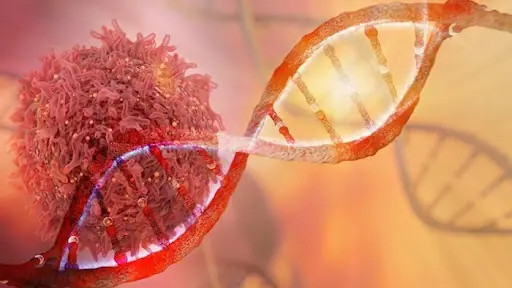
5 of the Best Anti-Cancer Foods — It’s Time to Start Adding Them to Your Diet
News Post

The Overview Effect: What Astronauts Realize After Seeing Earth from Space

5 Fruits Listed in the ‘Black Book’ That May Promote Cancer Cell Growth: Avoid Them No Matter How Cheap They Are

25-year-old woman explains condition that makes her ‘look like an 8-year-old’

Ocean Currents Could Generate 2.5x More Power Than Wind Farms, Study Finds

Inside Super-Kamiokande: The Japanese Neutrino Detector Unlocking the Secrets of the Universe

Inside The 36-hour Fast: How Your Body Transforms Hour By Hour In Viral New Simulation

9 Natural Ways to Remove Plaque & Tartar Buildup
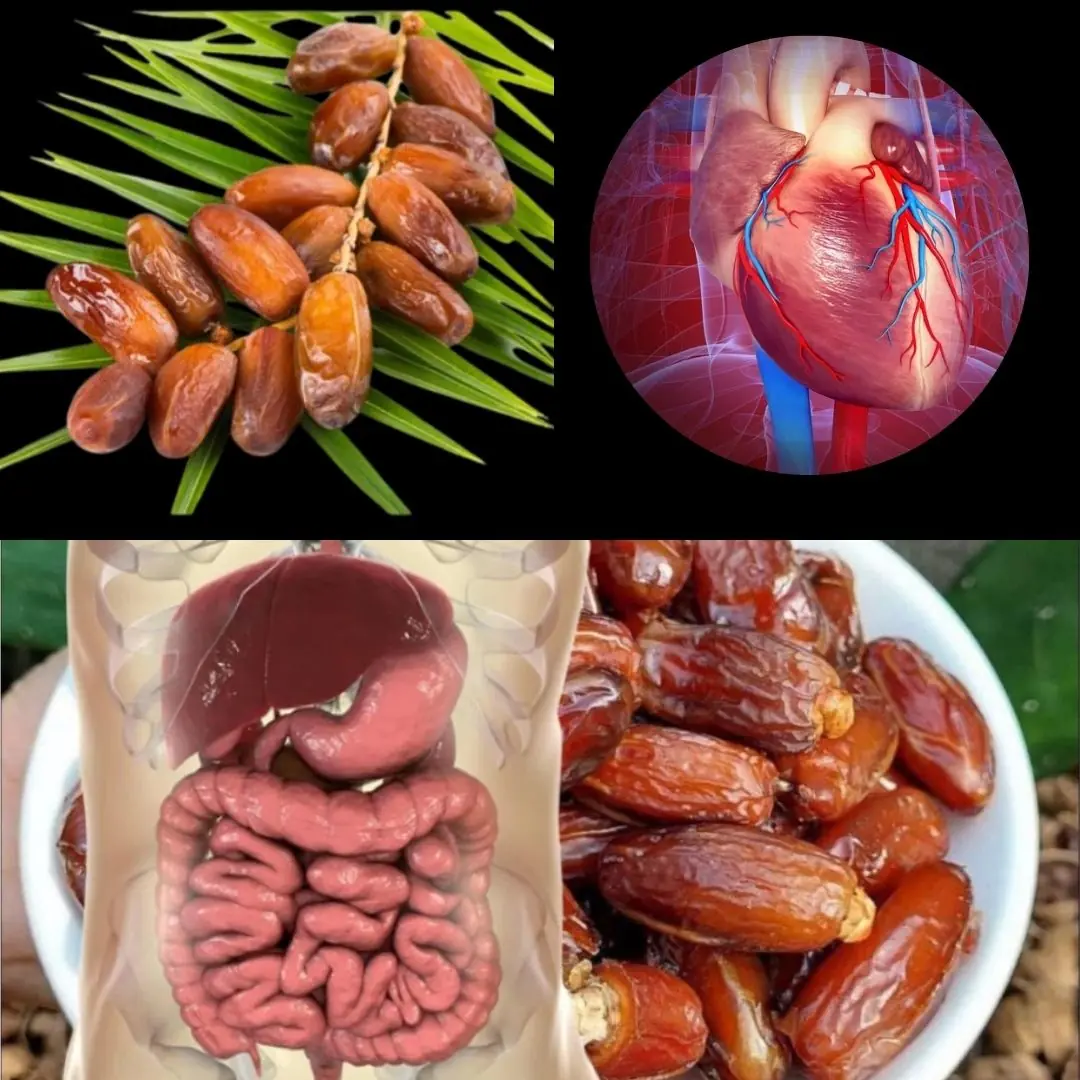
The Incredible Benefits of Dates: A Nutrient-Packed Superfood

Rude Parents Demanded I Not Eat on the Plane Because Their Spoiled Kid 'Might Throw a Tantrum' – I Taught Them a Lesson Instead

Woman Sees Her Husband Enter Motel with Girl and Come Out an Hour Later Shabby

My MIL Sabotaged My Daughter's Dress Before a School Pageant because She Wasn't Her Bio Grandkid

My FIL Insisted I Go On a Spa Weekend He Paid For – Halfway There, My Neighbor Called Screaming, 'It Was All Their Plan! Go Back Now!'

My Stepmother Kicked Me Out Two Days After My Father Died – The Next Morning, a Bunch of SUVs Showed up in Front of Her House

China’s Futuristic Ocean Lab Dubbed ‘Underwater Space Station’ Could Be Ready By 2030

Eating Too Fast? Here’s Why Slowing Down Can Improve Digestion and Reduce Bloating

Scientists Shock World By Turning Lead Into Gold — But There’s A Catch

Why Letting a Baby “Cry It Out” May Be Harmful: What Science Says

Rh-Null Blood: The World’s Rarest Blood Type, Also Known as "Golden Blood"
